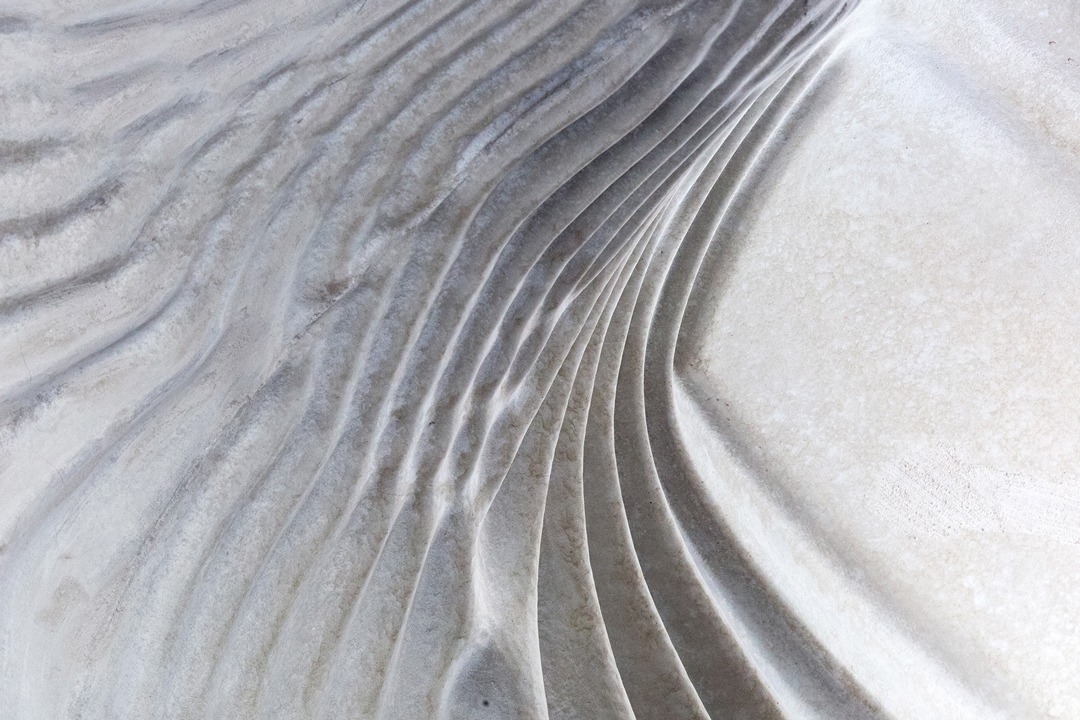
Smart Slab is the first concrete slab fabricated with a 3D-printed formwork. 3D printing overcomes the geometric limitations of traditional formwork fabrication methods. Furthermore, it enables the construction of integrative concrete elements with elaborate, free-form and highly detailed surfaces and smart construction details. 3D printing has the added benefit that geometric complexity and differentiation come at no additional production cost.
The 78-square-meter Smart Slab that is fabricated for the DFAB House, cantilevers over the S-shaped Mesh Mould wall and carries the two-story timber unit above it. The Smart Slab comprises eleven 7.4-meter-long segments which are prefabricated and then mechanically joined using post-tensioning cables.
The geometry of the Smart Slab is structurally optimized for its challenging load-case, involving cantilevers of up to 4.5 meters. The material is distributed in a hierarchical grid of curved ribs, which vary between 30 and 60 centimeters in depth. The 1.5 cm thick concrete fields between these ribs are domed to maximize stability and to minimize the amount of material needed. Consequently the slab only weighs 15 tonnes, almost 70% less in comparison to a conventional solid concrete slab.
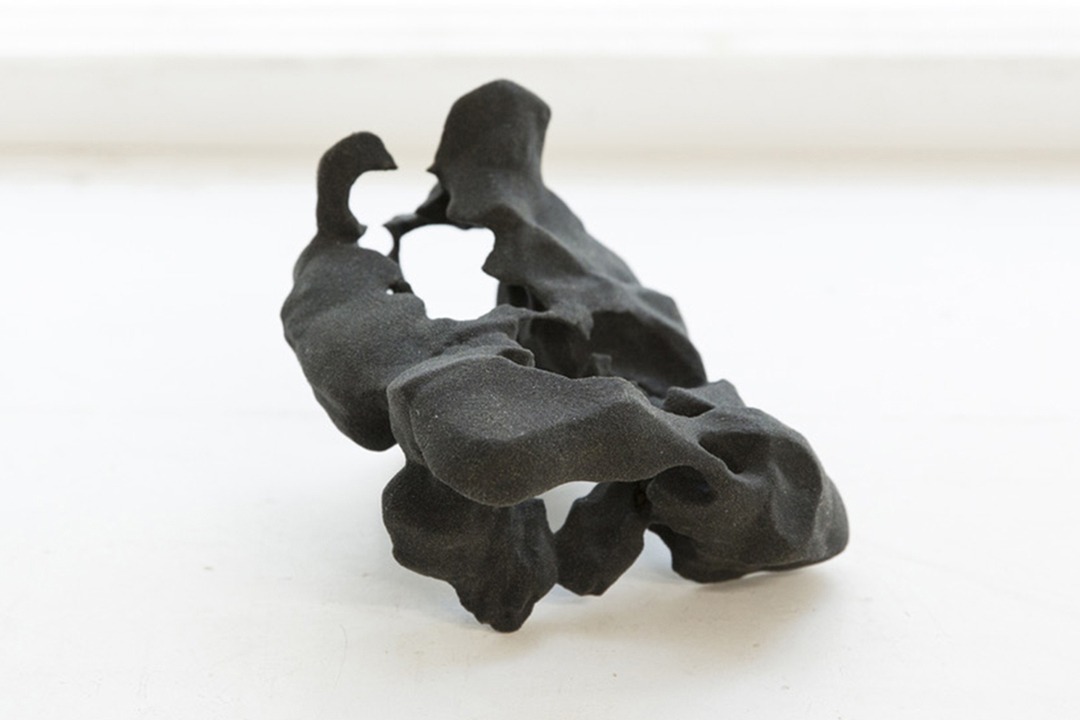
The search for something lost, yet memorized, can resolve to a finding that meets one’s initial expectations. A Hrönir, of the planet Tlön*, is an object of this kind. Once lost, it may be found by separate individuals—multiply duplicated—each finding the version of it they were most looking for. It is an object produced by the act of remembrance. Remembering the way it was; or the way one thinks, hopes, or wishes it were.
False Memory Machine is an algorithm that—in a process of remembering—produces artefacts of what could have been the case. The algorithm is trained by a set of one hundred and forty four objects that had in the past been meaningful for the artist. Objects connected to important life events and which provoke an emotional reaction. A horse toy; a eucalyptus leaf; a Chinese teapot; a mountain bike; a classical guitar; a left glove; an army rifle. From this process derives a possibility space, where new instances of objects can occur. The Machine gropes its way through this space just as a potter molds their clay, going through various forms, distorting, melding, blurring edges, at times coming across familiar details, and renders new objects real; never perfect, never true.
The false memories—presented as material things—resemble dug-up archaeological finds; fragmented, obscure, misshapen.
* Jorge Luis Borges, “Tlön, Uqbar, Orbis Tertius”
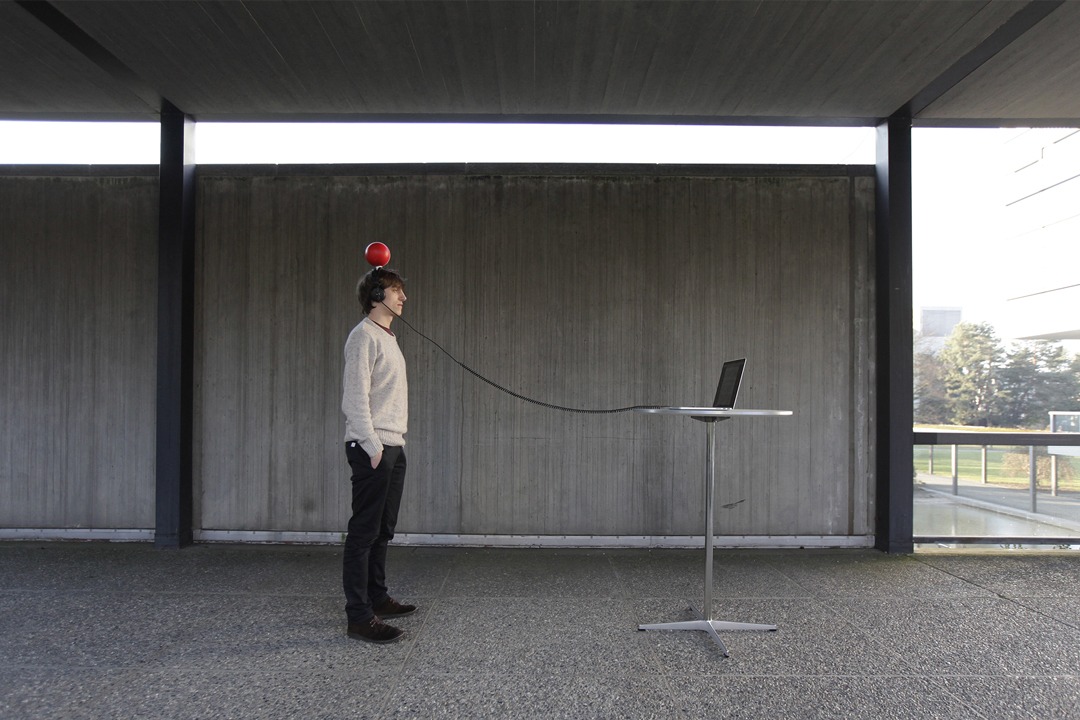
The Irrational Instrument is a narrative on continuity, as seen through the dipole of object and sound. By object and sound I refer to the object (as designed and manufactured geometry) able to produce a specific sound and inversely the sound (as experienced timbre) which can not be produced by any other than that specific object.
Moving across references by Dedekind, Leibniz, Deleuze, Badiou, the project examines the creation of three abstract machines which are trained by an initial set of existing objects (rationals) in order to create a symbolic space as receptacle of new unknown objects (irrationals).
Breaking down the input objects into numerical entities and working primarily with the Principal Component Analysis algorithm, a tool is offered to infiltrate the intermediate space of uncertainty, to design not objects but possibility spaces where populations of abstract objects are found. By drawing a line of flight, we stumble upon this open world; and it is a world inhabited by nomadic, familiar yet alien artifacts.
[original text excerpt] “The space within which this object emerges is not an empty space but it possesses laws (νόμους) while remaining a smooth space. It is an a priori shaped by the machine space, has intensities, pushes and pulls, areas of relaxation or of extreme density, valleys and mountains of less or more probability of existence. There, new objects can present themselves, can be summoned as fragile moments—or cases—of a field of smoothness.”
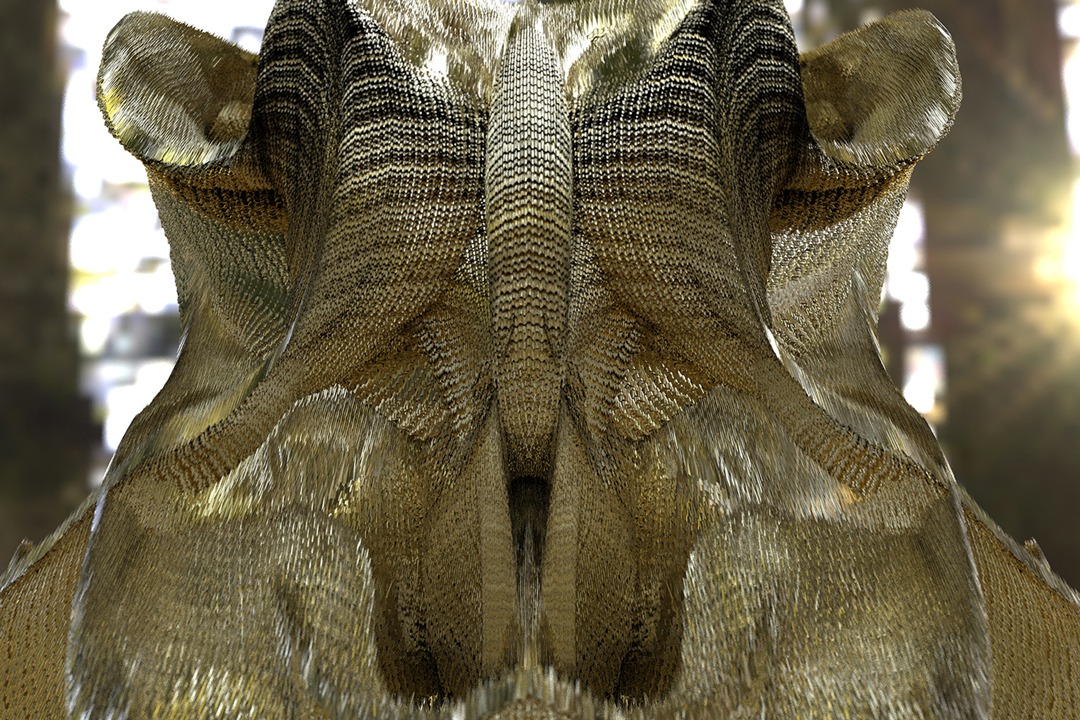
Shape Grammars is an ongoing research on how a simple geometric process can generate forms of great complexity when repeatedly employed.
The form starts off as a cube of six faces. A single rule is employed to divide each face into smaller faces and each next iteration follows this identical rule. The studies begin with simple self-devised subdivision processes and proceed to explore known algorithms such as the Catmull–Clark.
The project aims to question what a designed object is or should be and allows degrees of unpredictability in the final surface and overall form.
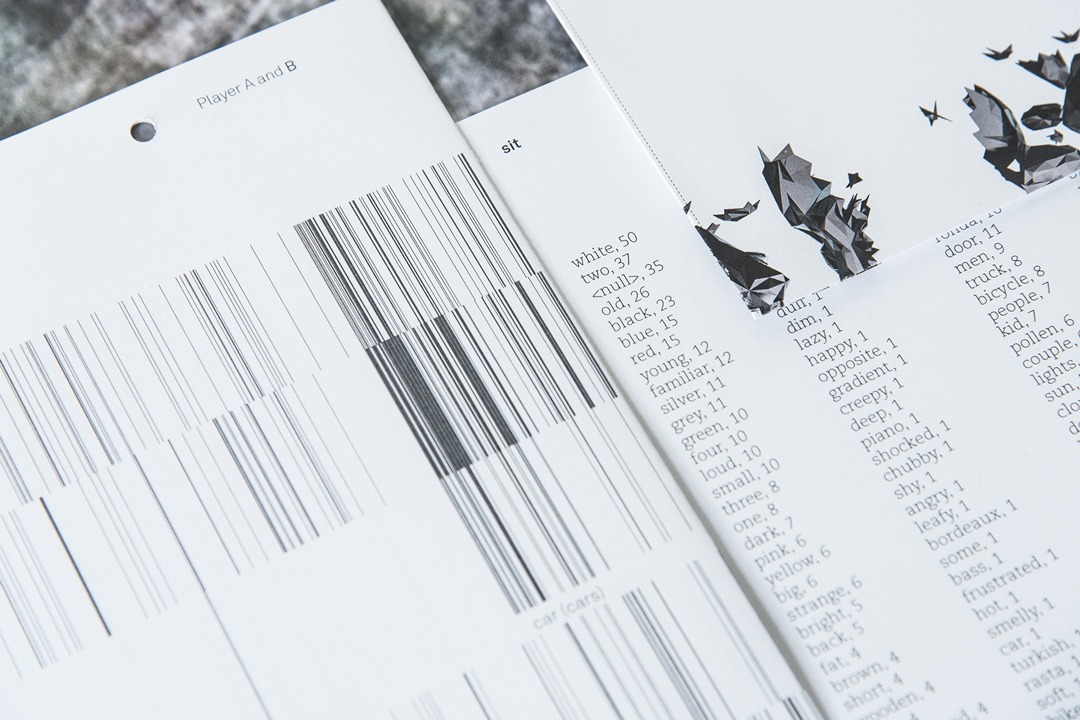
Two players.
Two acts.
Act 1 :
Two players sit simultaneously at a fixed point and record their experience in a structured manner – adjective noun verb, one man walking, white car passing.
How can two different ways of seeing be compared?
Act 2 :
Two players move separately and exchange maps that point to the places they explored.
How can their distinct experience of things construct a collective map?
The process is presented in the form of a book in two levels:
The bound section of the book, the raw material or the moment of acting and reenacting.
The unbound section of the book, the processing or response to the recorded material.




